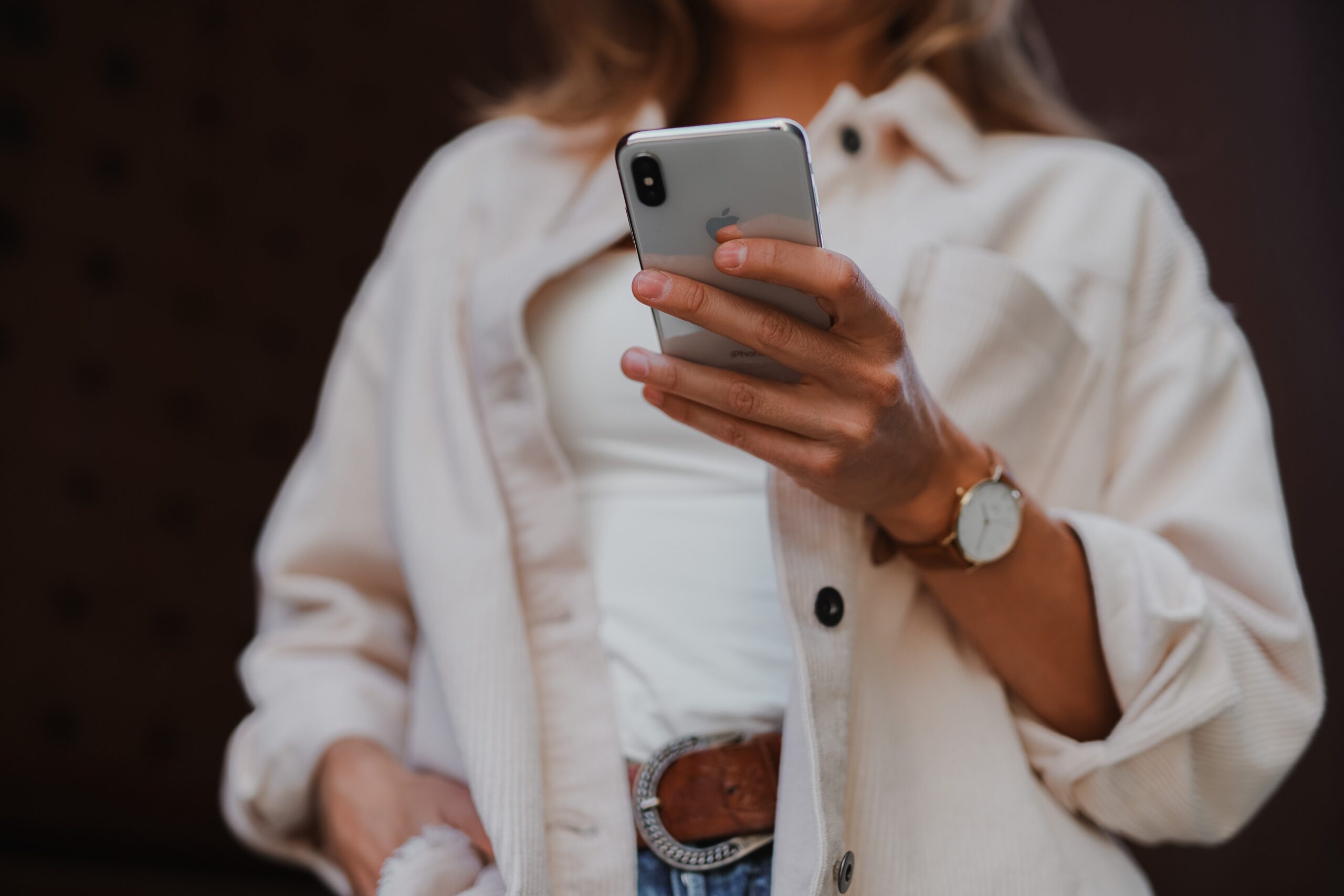
I first got to know MCE as a telco executive several years ago. Their end-to-end device life cycle management technology fascinated me from the outset, but my appreciation for the capability of their solutions has only grown stronger since starting as the company’s president last October.
My initial challenge to the team was twofold:
1)Do consumers care about the difference we are making?
2)What is the opportunity for both the consumer and telco?
While our live implementations (e.g., Vodafone UK) revealed margin upsides of $30-100 from any incremental digital-first trade-in, we were wondering what mobile phone owners worldwide think about the current trade-in process.
Since then, we’ve completed a groundbreaking study with more than 15,000 consumers worldwide and the results encourage me to believe we can transform the trade-in experience, for both consumers and telco operators.
US Top-line report
On June 22 2022, we published our top-line report for the US which surveyed over 3,000 consumers. The dominant theme is one we’ve also seen in our global research: significant process friction and lack of price transparency leads to consumer frustration and loss of trust in the operator. It helps explain why there are 550 million devices gathering dust in drawers in US households, representing a $50B+ opportunity.
So, it is not a surprise that only 15% of new handsets sold in the US have a corresponding trade-in. In addition to revealing data points, our report has actionable insights for mobile operators to get started.
Link:https://lnkd.in/gcTvdv_8
The big takeaway
For operators to succeed in trade-ins, they will have to answer 3 questions that consumers are asking:
1.Why not commit to the price that is quoted with a credit on the next bill?
2.Why not offer an app and a seamless user experience like Uber or others?
3.Why not deliver the execution speed consumers have come to expect from places like Amazon Prime?
The good news
All these challenges can be solved with MCE technology, which early adopters in several countries have already begun to implement – we call it Trade-In 2.0.
Trade-in 2.0
But don’t just take our word for it – we asked consumers about Trade-in 2.0 as a concept in the study. The response was overwhelming: implementing Trade-in 2.0 increases the likelihood of trade-in by 75%.More than 1/3 of respondents were much more likely to trade based on its features. These numbers were also very consistent across the global survey.
Trade-in 2.0 will also significantly increase the market volume of trade-ins, which contributes to reducing carbon emissions – every 1 million devices that are reused avoids 48k metric tons to the CO2 footprint. The UK market, with Vodafone leading the pack, shows what’s possible in a short time frame:a reduction in the mix of “Never traders” from 88% in 2020 to 49% in 2022.
Clearly, consumers (and our environment) are ready for Trade-in 2.0.Are you? Will you lead or follow?



